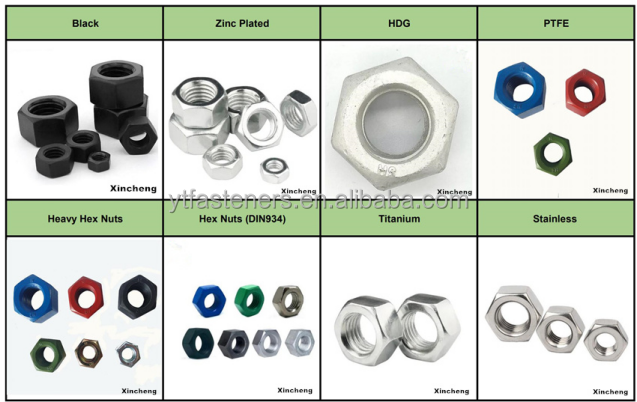Sep . 06, 2024 22:15 Back to list
10mm Stainless Steel Threaded Rod - Durable and Versatile Fastening Solutions
Understanding 10mm Stainless Steel Threaded Rods Applications and Benefits
Threaded rods are essential components in various construction and manufacturing applications. Among the different sizes and materials available, the 10mm stainless steel threaded rod stands out for its versatility, strength, and resistance to corrosion. In this article, we will explore the characteristics, applications, and advantages of using 10mm stainless steel threaded rods.
Characteristics of 10mm Stainless Steel Threaded Rods
A 10mm stainless steel threaded rod is defined by its diameter of 10 millimeters, and it typically comes in varying lengths that can be customized according to the needs of the project. The stainless steel material ensures a robust structure, enabling it to withstand stress and load-bearing applications. Common grades of stainless steel used for these rods include 304 and 316, with 316 offering enhanced corrosion resistance, making it suitable for marine and high-salinity environments.
The rod is characterized by continuous threads along its entire length, which allows it to effectively connect different components. The threading design provides excellent grip and clamping force, ensuring the stability of the connection. Additionally, stainless steel threaded rods have a smooth surface finish, which helps to minimize friction and facilitate easy installation.
Applications of 10mm Stainless Steel Threaded Rods
10mm stainless steel threaded rods are widely used across various industries
. In construction, they serve multiple purposes—securing structural elements like beams and fixtures to concrete or other substrates, creating tension systems in cable railings, and providing anchorage for wall and ceiling installations.In the manufacturing sector, these rods are often employed to hold machinery components together or to create durable connections in assembly lines. Elevators, escalators, and other vertical transport systems may also rely on 10mm stainless steel threaded rods for their load-bearing connections.
10mm stainless steel threaded rod

Moreover, the automotive industry uses these rods in a plethora of applications, including fastening engine parts and attachments due to their ability to resist high temperatures and corrosion from automotive fluids.
Advantages of Stainless Steel
One of the primary reasons to choose stainless steel for threaded rods is its excellent corrosion resistance. This characteristic makes the rods suitable for outdoor applications, providing reliability over time without extensive maintenance. Unlike carbon steel, stainless steel does not rust, which means it can maintain its structural integrity even in wet or humid environments.
Another significant advantage is the strength-to-weight ratio of stainless steel, which allows for robust constructions without adding unnecessary bulk. This feature is particularly beneficial in applications where weight savings are critical.
Additionally, stainless steel threaded rods comply with various regulatory standards, making them a safe and dependable choice for critical applications. Their aesthetic appeal, with a clean, polished look, also contributes to their use in visible structural components.
Conclusion
In summary, 10mm stainless steel threaded rods are a vital component in many industries due to their strength, versatility, and excellent resistance to environmental factors. Whether used in construction, manufacturing, or transportation, their ability to provide reliable connections makes them an indispensable part of modern engineering practices. Choosing stainless steel for threaded rods not only enhances durability and performance but also contributes to the overall safety and longevity of the structures and systems they support.


